There are a handful of UK serial killers whose crimes are known throughout the country. People who are associated with and responsible for some of the most heinous acts you can imagine. While we the public are familiar with the crimes of these killers, few of us are really familiar with the individual person behind them.
Serial killers, as much as we don’t like to think so, are people just like you and me. In fact, they are often so ‘normal’ the appauling crimes they’ve committed somehow seem utterly mismatched with the person we see in photos and on TV. But who are we expecting to see? Some kind of monster or someone who looks clearly deranged and abhorrent? Often the most frightening thing about these individuals is how completely ‘normal’ they actually are.
There is one name that demonstrates this concept perhaps more than any other British serial killer. This notion of being entirely ‘normal’. He held down a perfectly respectable job. He had work colleagues and friends. He was a very normal, if not rather dull, human being. No one knew or even suspected what this man was doing behind closed doors. He was carrying out horrific criminal acts against young men inside the walls of his home, keeping their bodies under the floorboards, and then going to work the next morning. His name was Dennis Nilsen.
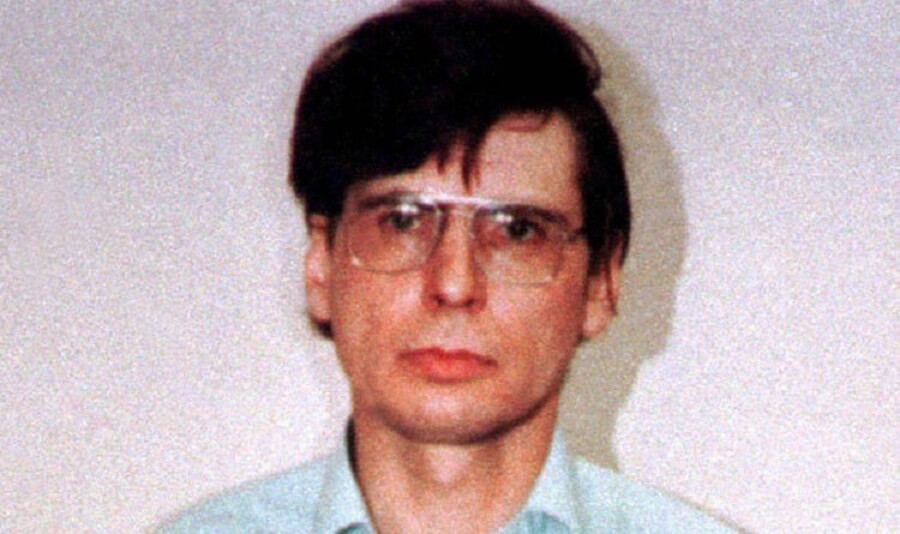
Between 1978 and 1983, Dennis Nilsen murdered more than 12 young men after bringing each one to his home. After enjoying an evening with their company, he didn’t want the men to leave. He would strangle them and keep their corpses. Sometimes in his bed to carry out his sexual fantasies. Some victims went under the floorboards in his apartment. When he began to run out of space, his victim’s bodies went into bags inside his wardrobe and under the kitchen sink.
He moved in 1982 to a top-floor apartment, with no garden or floorboards to hide bodies hoping this would stop him from killing again and engaging in the same kind of behaviour. It didn’t. With no outdoor space available to him, he stripped and cooked the flesh of his victims, dissected their bodies into the smallest pieces he could. Some went into plastic bags, others he flushed down the toilet. There were five other tenants in that building. When the drains became blocked, the unsuspecting plumber called to take a look opened a manhole outside the property. He found rotting human remains. That night when darkness fell, before a full investigation was due to start the following day, Nilsen tried to remove the human remains he knew to still be in the drains. He was spotted and subsequently reported by a neighbour.
When police when into his apartment to question him they couldn’t miss the terrible smell. Nilsen then confessed to everything and showed them where other body parts were in black bags around his apartment.
Curiosity is an interesting human emotion that can lead us down paths we never would have imagined we’d go. Mark Austin is one such man who had a curiosity that built and grew and it was a curiosity he decided to follow up. It led him to become a confidant and friend to Dennis Nilsen, eventually being made Nilsen’s next of kin. It is a remarkable story of humanity and evidence plain as day that behind every serial killer, behind the tabloid created persona and evil individual to be feared, is simply a person.
The crimes carried out by Dennis Nilsen were appalling and heinous. He took the lives of multiple innocent young men. He mutilated their bodies and showed no respect to them alive or dead. Mark Austin is the first to highlight the horrendous nature of the crimes Nilsen carried out. But this story is about the friendship that developed between the man who had carried out these crimes and was now behind bars for life, and a man on the outside who became curious, wanting to find things out himself about the man he had only read about before.
Now, 32 years after that first communication and after painstaking work, Mark has published the memoirs of Dennis Nilsen. History of a Drowning Boy is a collection of Nilsen’s writings, thoughts, and opinions. It’s a glimpse into the mind of Dennis Nilsen and into the man that he was.
Mark is making no money from this book. Any profit from sales that would go to him is going to charity instead. This was never a money-making scheme or plan for Mark Austin. This is simply carrying out and seeing through a task his friend wanted to do, publishing his autobiography.
Mark very kindly gave me some of his time to answer my questions about the book, History of a Drowning Boy, and about his genuine friendship with the notorious serial killer Dennis Nilsen.
A Q&A with Mark Austin
Q. Do you get some strange reactions when people find out you were close friends with a serial killer or have most people been more curious than anything else? Equally on History of a Drowning Boy, how have people responded to your publishing of the book?
MA – People are naturally curious, but this is to be expected; indeed, it was my curiosity that first compelled me to write to him, so I do understand. Most people have a lot of questions though a few people (who I didn’t really know – or who didn’t really know me) have shown animosity towards me. But it usually comes from those who’s view of Dennis Nilsen has come about solely from what they’ve read in tabloid newspapers which is far from the truth and only ever relates to his crimes (which are clearly abhorrent) and not the man.
The reaction I’ve had to my publishing his memoirs has been nothing but positive (well, that’s what they’ve told me… they may have a different opinion in private). I think any potential upset or anger is usually dispelled when people realise I haven’t done it for any kind of personal financial gain (though, of course the publishers, newspapers, magazines and documentary makers all profit from it, which has a strange, paradox to it). My sole aim was only ever to get his autobiography published – which is what Des wanted – and now, that has been achieved.
Q. What was it that pushed you to want to talk directly with Dennis Nilsen in the full knowledge of his crimes. Why did you want to communicate with him?
MA – Long story short… In 1987 I left college in Dunstable, Bedfordshire and secured my first job as a junior graphic designer, and moved into a bedsit at 62 Anson Road, NW2. I remembered a few people mentioned that a serial killer used to live in the area some time ago and whilst it never really registered as anything important to me, it must have stuck. Two years later, I bought a house outside London and commuted in by train and one evening, having just missed the train, I wandered around WHSmith in Euston and came across Killing for Company and discovered it was about the guy who’d lived close to my bedsit, so I bought and read the book.
I became so fascinated with the man, that I wanted to know more about him so I wrote to Brian Masters who invited me to his house in West London where he showed me Des’ passport, a couple of work leaving cards (signed by dozens of people) and some of the exercise books Des had written for Brian’s book. Brian told me Des was currently at HMP Albany on the Isle of Wight so I wrote to him a few days later, just introducing myself, having told Des I’d read Killing for Company and was interested to hear about what he’d been up to since his conviction eight years earlier.
Q. When he first wrote back to you, did he surprise you in how he came across in what he wrote; was he what you were expecting?
MA – I was excited to get his first letter which arrived a week later. His handwriting had filled both sides of a sheet of A4, with no paragraph breaks – exactly as had been described in Brian’s book. Other than that, I had no pre-conceived ideas of what to expect but his initial few letters seemed to contain a lot of content which, I suspected, he was simply getting off his chest. It included complaints about the prison and prison staff (and the general prison regime) and he also told me how he wasn’t happy with Killing for Company as it was only Brian’s view of him and the events and he was about to start writing his own autobiography.
At the time, I was going through a tough time, financially, as I had just gone freelance and was finding it tough. The recession had just hit and work was in short supply but I still commuted into London every day to sit at an empty drawing board (rented in another design company in Islington) where I tried to work out where to get some work from!
I would tell Des about my predicament and he would come back with a lot of positivity and hope. In a strange way, thinking about his predicament (compared to mine) helped me to realise that things weren’t really that bad for me. And those early letters in those first few months, I think, served as some kind of therapy for me in those bleak times before work came back and I got busier – and more successful. I was grateful to Des for that and I repaid him with the same kind of support when he was going through bad patches.
Q. The two of you obviously got on well. There’s potential for a bit of detachment in letter writing, but meeting and talking in person is quite different. On that day you were going to visit him in prison for the first time, were you nervous to see him face to face and sit with him in person?
MA – Well, we’d been corresponding for almost a year before we finally met, so the initial fascination and curiosity I had with him at the start had already changed and we’d become genuinely good friends. I found we had a lot in common and our views on many topics were aligned, so we would often ‘put the world to rights’ in our letters. I can’t remember an example of us disagreeing with one another on any topic!
When he moved to Whitemoor prison in March, Cambs, I asked if I could visit him (as it was much closer to where I was living) and he agreed. I filled in the forms, sent off my photos and two policemen paid me a visit early one Sunday morning to verify me and my identity. A couple of weeks later, a Visiting Order (VO) arrived and I arranged a visit for one Wednesday afternoon. I told Des I’d bring him a CD/Radio cassette player so I set off early and bought one from a shop in Peterborough before heading to the prison.
Prison visiting was new to me so I was quite amazed at the security, but eventually, I found myself sitting at a table in a huge room (with dozens of other tables and chairs) and I watched the door in the corner, staffed by a prison officer, as prisoners entered the room – one-by-one –glanced around as their fingerprints were checked by the prison officer, and watching their faces light up as they spotted their loved ones and strolled over. It was heart-warming to watch men hugging their wives and children as they met again at these brief 2-hour visits.
I was a little nervous, but eventually, Des arrived and I recognised him but was quite taken aback by his mop of dark grey hair (nothing like the black hair from those earlier photos). I stood up and waved as he scanned the room until he smiled and strode confidently over. He had slightly rounded shoulders and as he was quite tall (around 6 feet), he seemed to walk slightly hunched over. I’d brought in 20 Marlborough cigarettes and over the next two hours we smoked the lot. We also drank a couple of coffees each which I’d bought from the small snacks hatch in the room, manned by a couple of old lady volunteers.
We chatted as though we’d known each other forever. There was never an awkward moment where we had nothing to say and it was a really happy, fulfilling visit for both of us – as was the other (almost) 80 visits we had later. We talked about my family, his family (meaning his prison life), what good films he’d watched, the tape player I’d handed in for him to pick up later etc. The two hours flew by in no time and I was soon back on the drive home and back to ‘reality’.
Q. The person you knew as Dennis, the individual you visited and communicated with for years, where does he sit in your mind with the person you’ve read about and know to have carried out these brutal crimes? It must be hard to match up the two together?
MA – That was one thing that I could never get to grips with. Whenever I read anything about him in the papers or when a new documentary came out, I could never marry the two people together. It was absolutely like they were two different people. And this was the case right up to his death… I could never see the friend I knew as that person.
There were times when he discussed the murders – especially when his first victim had been identified and the police were interviewing him at length – and even then I couldn’t connect the two people.

Q. Did you ever have any thoughts why he started to carry out these killings after years of leading a perfectly normal law-abiding life? The CrimeConUK book club Q&A discussed a little on Dennis having necrophilia fetishes, do you think this curiosity just got the better of him?
MA – His autobiography History of a Drowning Boy does provide some answers to this. It all stems from the sexual abuse he alleged of his grandfather and his having to ‘hide’ his true identity (of being gay) which led to him developing fantasies of being intimate with inert bodies (asleep / unconscious) where they couldn’t ridicule him about being gay. Add the inhibition-reducing effects of alcohol and you can see the clear trajectory of where he ended up.
Q. I’m curious if Dennis always knew and expected to get caught and imprisoned or if he was confident he was getting away with it and would continue to do so? There were bodies piling up in his apartment, it’s not a situation he could have maintained forever without taking some action. What do you think?
MA – In early 1983, he had almost become complacent about killing and his mental state had slowly been disintegrating over the last few years. I don’t believe he was even capable of coming up with a long-term plan of what he would have done with all the corpses had he not been caught. At his attic flat in Cranley Gardens, he killed three people and their body parts were stored in black bin liners (in the wardrobe), a tea chest (in the front room), and in cupboards in the bathroom and kitchen. He had almost run out of room and if he’d killed one or two others, their bodies would have been dismembered and stored in black bin liners and left in the corner of a room. The thought beggars belief! I don’t believe he had any fear of being caught or continuing undetected. He was almost operating on auto-pilot at that stage and only snapped out of it – and back into reality – once he was arrested.
Q. Dennis tried to get some of these papers and writings published himself I believe but was blocked due to potential profiting from his crimes. Any profits from this book you have published are going to victim’s charities, just to make that really clear. Was Dennis very frustrated he wasn’t allowed to publish; he was obviously quite a prolific writer?
MA – Yes, my profits (not the publisher’s) are going to charity. We haven’t decided which charities yet, because we don’t know if we’ve made a profit yet (I had to pay many thousands from my own money to get the book published, which will need to be repaid first).
There are various theories on why his autobiography was blocked in the late 90s. We both believed that the Home Office didn’t want them published because they were worried about what he would ‘reveal’ about his treatment and the regime in prison. They came up with this rule, then that rule… all of which were questioned in law (by Des’ solicitor) but it was blocked at every point, mainly because he was Dennis Nilsen.
They once said that it was against prison rule 5b that a prisoner couldn’t profit from a book written in prison. But what about Jeffrey Archer? They said he published after he’d left prison which was allowed. But what about Charles Bronson? No reply to that one. He was, indeed, very frustrated that he couldn’t get it published but he had other issues before that. Initially, Gordon Honeycombe was going to edit the memoirs but Des feared this would wind up another ‘biography’ a la Brian Master. Then gay cult fiction writer Peter Paul Hartnett (who had been corresponding with Des) was asked to edit them. I managed to get some of his early edits to Des (PPH wasn’t allowed to visit Des) but Des hated what PPH had written and, following a few other issues, they parted on non-friendly terms. And so, the memoirs remained in my lock-up.
Des continued to write (albeit resigned to the fact that nothing would be published during his lifetime) for the next 15 years or so which, in the end, provided a much richer archive of content.
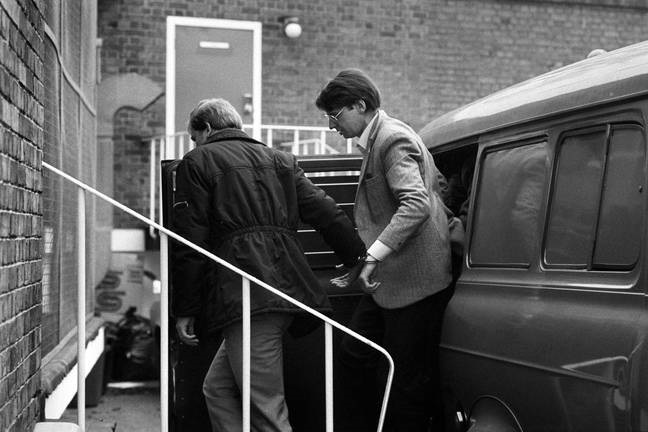
Q. Do you think you’ll publish more of Dennis Nilsen’s writings at some point? I know you had a mammoth task figuring out how much and what to include in History of a Drowning Boy, and there is so much more material available?
MA – It would be a shame not to publish something else from the original memoirs. I only used about 3.5 percent (yes, three point five) of the original memoirs, so there is 96.5 percent left. Having said that, I tried to retain the most relevant excerpts so it’s not as though I’ve left out some important content such as a new victim or other significant event.
I would like to publish something quite macro and specific about his prison life. For example, he had a neighbour called Spanner with whom he had a love-hate relationship with for several years. Spanner has a wonderful character and their interactions together make very funny and often poignant reading. When I was reading these years, I did consider another book just based around this part of his life which is really quite fascinating. I have briefly mentioned Spanner in History of a Drowning Boy but, again, there is a huge amount that was omitted.
There is also a great deal I left out on his written fantasies. He wrote hundreds of pages of fantasy and stories which were highly explicit and pornographic (and probably illegal). But they do provide another insight into his psyche which I had to leave out of the book due to legal reasons. But there may be a way of editing them so that they could be published… we’ll see.
Ultimately, all the original documents will be donated to a university or even a museum so that they’re accessible to anyone who wants to read them. I’ve already provided access to them to a few people (academics) who have requested them.
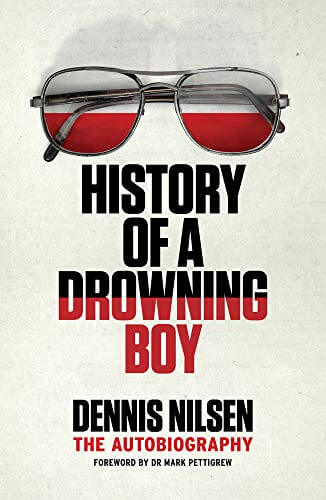
“Dennis Nilsen was one of Britain’s most notorious serial killers, jailed for life in 1983 after the murders of 12 men and the attempted murders of many more. Seven years after his conviction, Nilsen began to write his autobiography, and over a period of 18 years he typed 6,000 pages of introspection, reflection, comment and explanation. History of a Drowning Boy – taken exclusively from these astonishing writings – uncovers, for the first time, the motives behind the murders, and delivers a clear understanding of how such horrific events could have happened. The Home Office blocked publication during his lifetime. He died in 2018 entrusting the manuscript to his closest friend and it is now being published with the latter’s permission.”











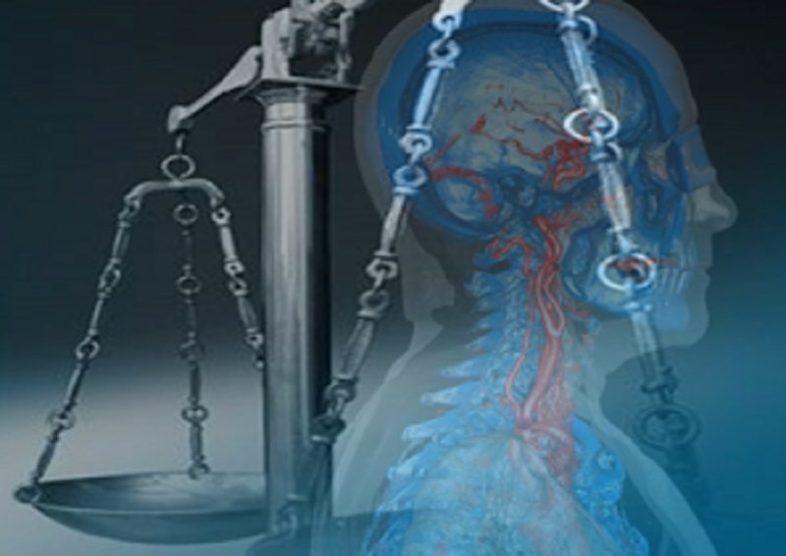
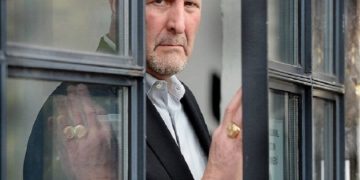
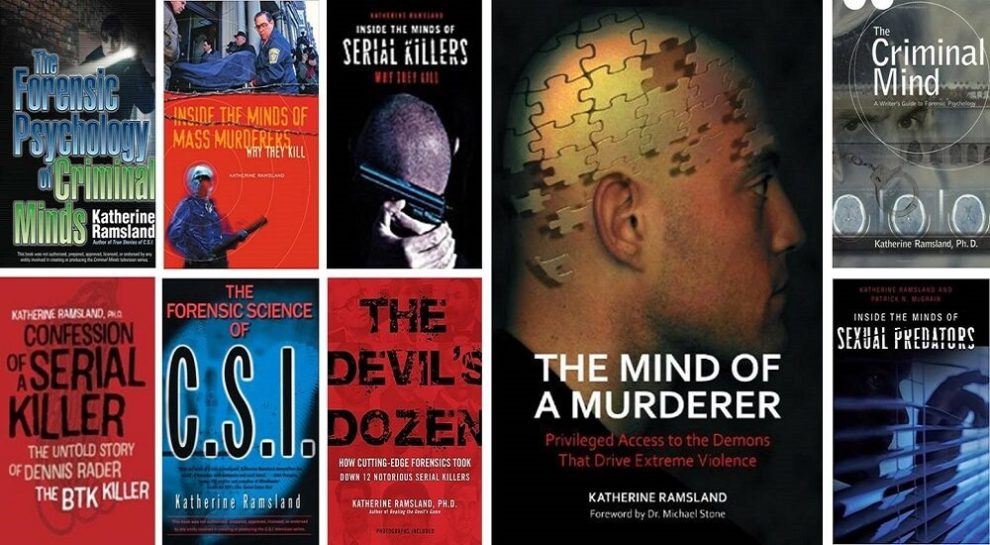
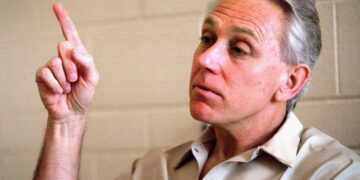
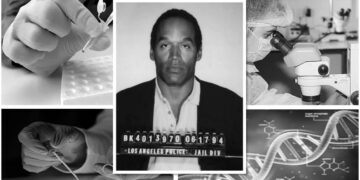
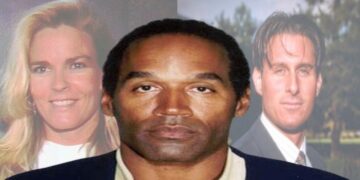

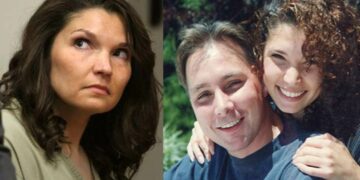

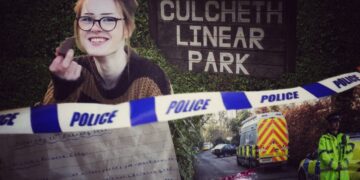

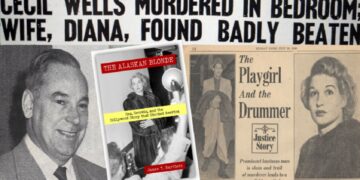
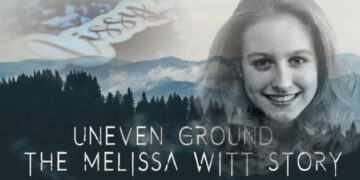


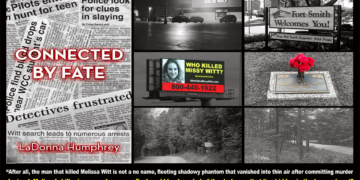
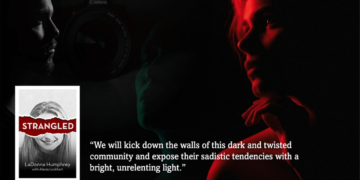
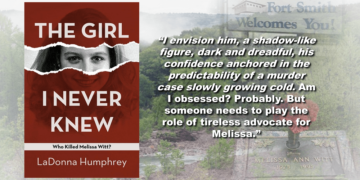
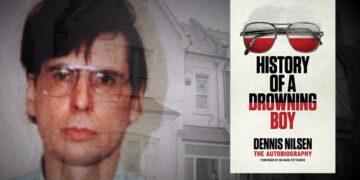
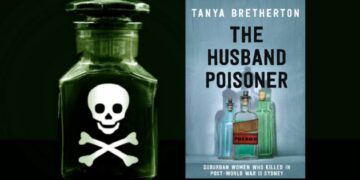
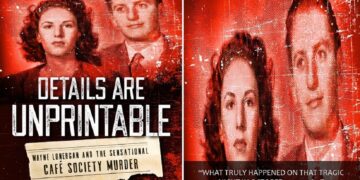



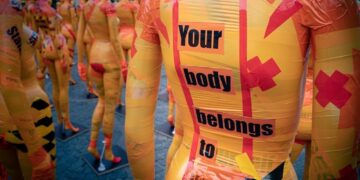
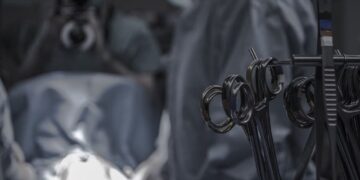


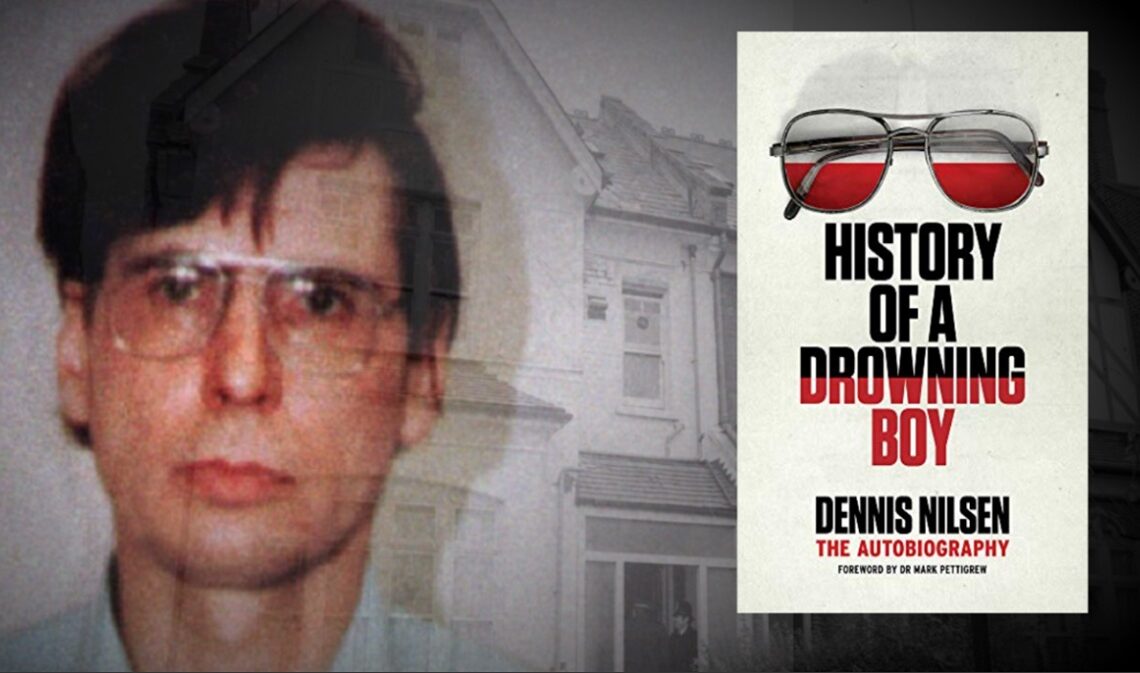


Hi
This is a great article. Please could we publish it to our crime related group Gangland, Crime Time and Prison Related with credits to Mark and links to this website. We have over 48,000 members.
https://www.facebook.com/groups/1854532278145325
Many thanks
Kind regards
Ruth
Moderator
Hi Ruth, thanks so much for your kind message and request. I really appreciate you checking in and asking. I’d be delighted for you to publish the article in your Facebook group with credits. It looks like a fascinating and active group and I hope your members enjoy the article. Thanks again!
Hi! Im a student interested in getting in contact with Mark Austin. I was wondering there was any way you could give me his email or contact information? Thank you
Hi Leah, thanks for getting in touch. I have passed on your name and email to Mark and let him know you are keen to make contact.